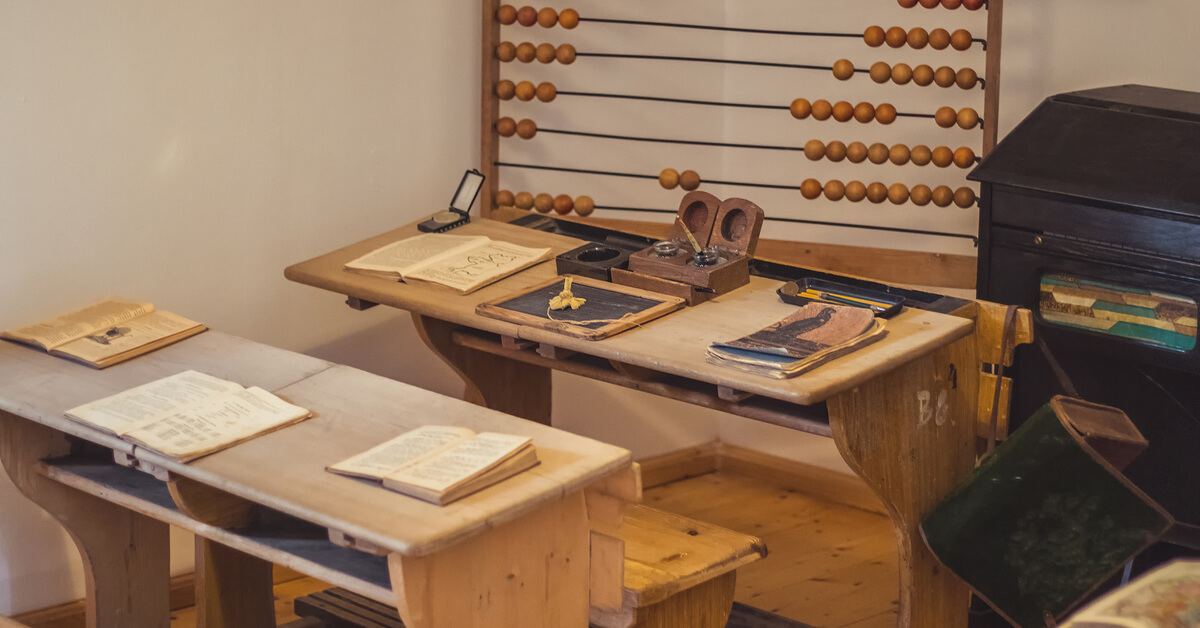Covid-19 has profoundly disrupted business as usual within schools, causing institutions across the country to scramble as they attempt to maintain services in the face of unforeseen obstacles. Operational challenges have meant picking and choosing which elements are essential to the function of school. In doing so schools have, knowingly or not, provided insight into what they most value. And while the pandemic provided an opportunity for radical experimentation, the lack of imagination exposed by the results has been profoundly disappointing.
Wherein lies the purpose of schools? Typical responses, often enshrined in mission statements, say things like “preparing students to be informed citizens,” “developing students who can make positive contributions to society,” or “preparing students for success in future academics and in life itself.” One who did not know this, who only observed the activities of the past few months, would not be remiss in concluding that the ultimate purpose is to “provide students with instruction aligned to the state and national standards and college expectations” with a good dose of “minimize institutional risk and liability” mixed in.
To see the lack of imagination shown by schools, consider the question of service-learning. For many schools, particularly independent schools, service…

